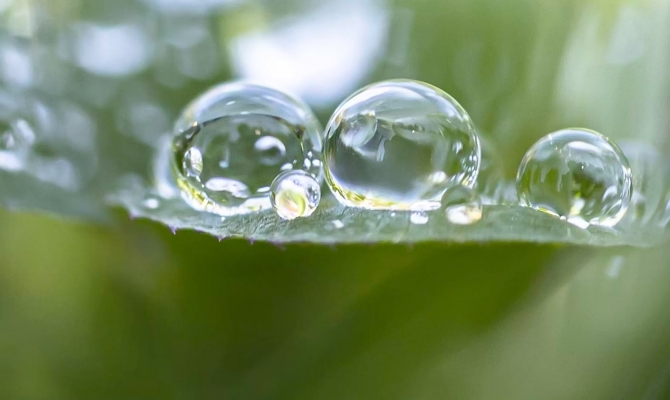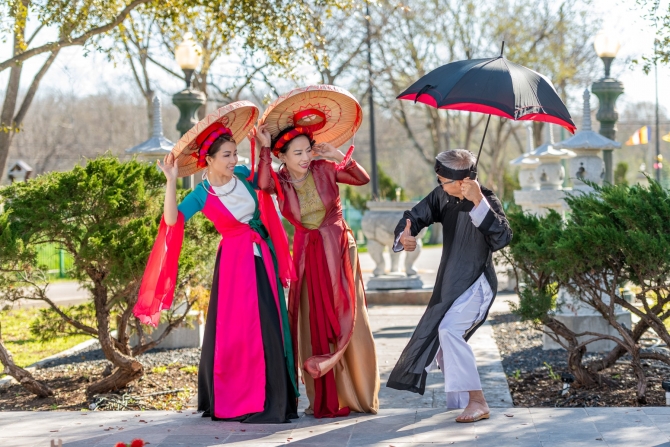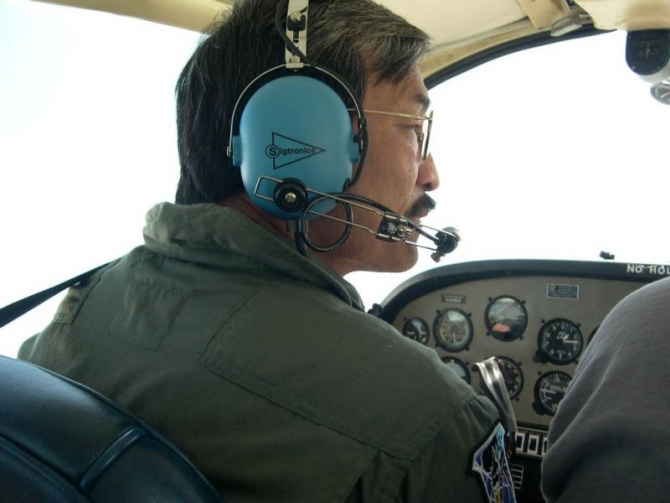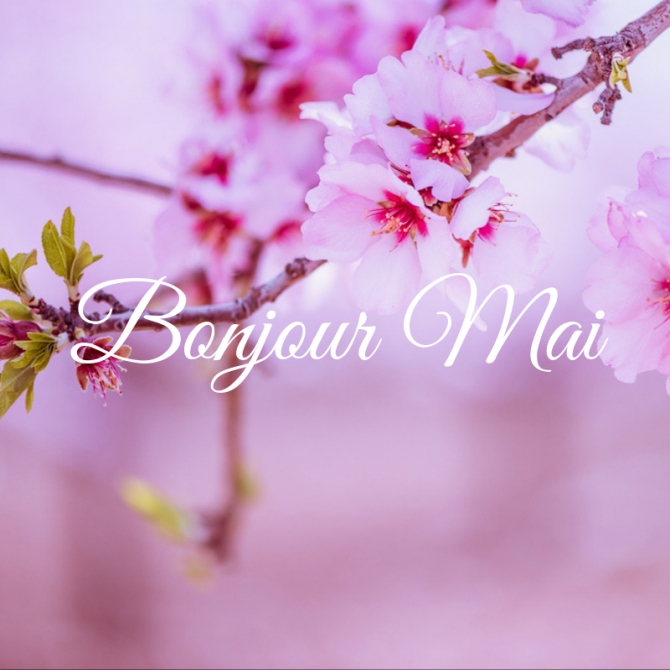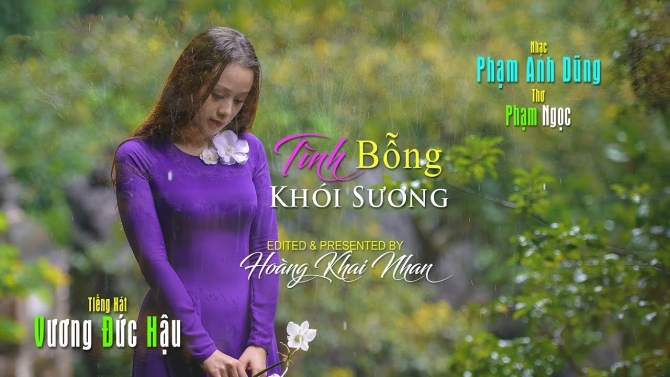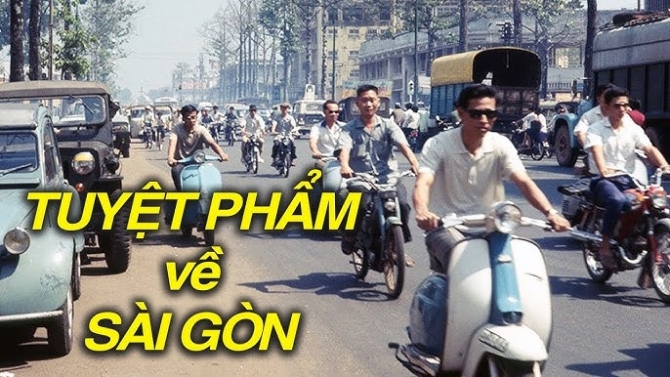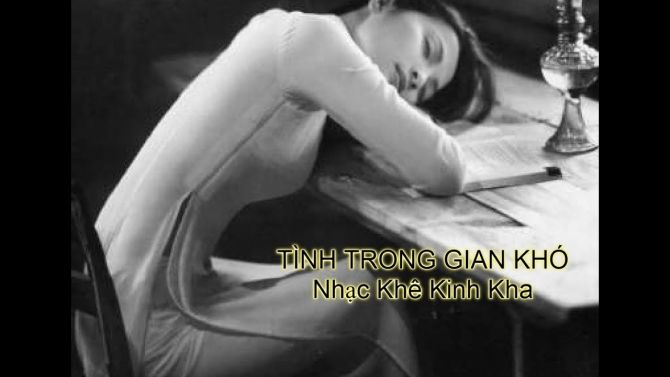Help You improve your Photography
Bennet Mthonsi is a hugely valuable part of the Londolozi family. Not only is he one of the last great members of the early trackers but he has a talented eye for photography and capturing unbelievable images. Passionate about wildlife, Bennet spends most of his day out in the bush tracking along with ranger Andrea Campbell. Once they find the animal they’ve been looking for, Bennet wastes no time in taking out his camera and capturing the magic moments that he sees. With many years of experience Bennet’s images just keep getting better. Today he shares some of his most beautiful leopard images along with advice for getting that winning leopard photograph.

Focus on the eyes. Make sure that the eyes of the leopard are in focus. Eyes have great emotional appeal and people are naturally drawn towards looking at eyes. Even better, try capture the sun glinting in the pupil as this will liven up the picture.

Look at trees. Leopards are notorious for lazing about in large trees. A photograph of a leopard in a tree is a wonderful way to capture a leopard doing what it does best – enjoying some time out!

If you spot a leopard sleeping, it could take some time before it gets up and stretches or claws at a branch. Observe the leopard for some time before moving off.

Good lighting conditions will enhance your image. Avoid harsh light and rather take images in the last glow of afternoon or morning light than at midday when the light is at its most severe.

It’s not only about the headshot. Try capture as much of the background environment to complete the wilderness experience. This will make your image far more interesting. In this image we get to see the bigger picture such as the texture of the bark, a spider’s web and the green bushveld that indicates that this image was most likely taken in the summer rainfall season.

Take images in the early morning or late afternoon. Leopards are usually still active at this time of day and you will have the bonus of kind light.

Taking an image with a leopard looking into the distance allows the eye to be drawn into the frame and gives a feeling of space and direction.

Be patient. Wildlife photography is all about patience. Waiting a little bit longer at a sighting can mean the difference between seeing a sleeping leopard or capturing one that is displaying some kind of action. This little cub makes a striking sight against the blue sky as it walks along the trunk of a fallen tree.

Leopards are often seen in low light or in shady conditions. Use a slow shutter speed and keep your camera steady by using a bean bag.

For action shots like this, you need luck and an understanding of what the leopard will do next. Take time to learn about leopard behaviour before your drive.

These two leopards blend in beautifully with the sandy road. We could improve this image with a tighter crop to make the leopards stand out even more.

A leopard gazing upwards brings a story element to your image. ‘What is the leopard looking at? What will it do next?’

Look for the unusual. We love the way that the fork of the marula frames the leopard face peering through.

This photograph is a wonderful action shot. The leopard is making its way up the tree but why is it heading there? You could improve this image even more by getting the whole body of the leopard in the shot. Try not to cut off the tail!

Remember that an image where a leopard is concealed by grass or branches can often be very distracting to the eye and can cut off important parts of the animal. Try photograph the leopard in an open area to avoid branches, leaves and grasses!

This photograph is made even more interesting by the height of the mother leopard contrasted with the smaller size of the young leopard.

Keep your camera ready. You never know when you might come across one of these elusive cats so always come prepared with a camera on hand. Leopards are not always relaxed and can saunter off at a moment’s notice. Having your camera ready will allow you to get the shot before the leopard moves off.
Is there an image that stands out for you? Let us know which one you like best!
Photographed by: Bennet Mathonsi








